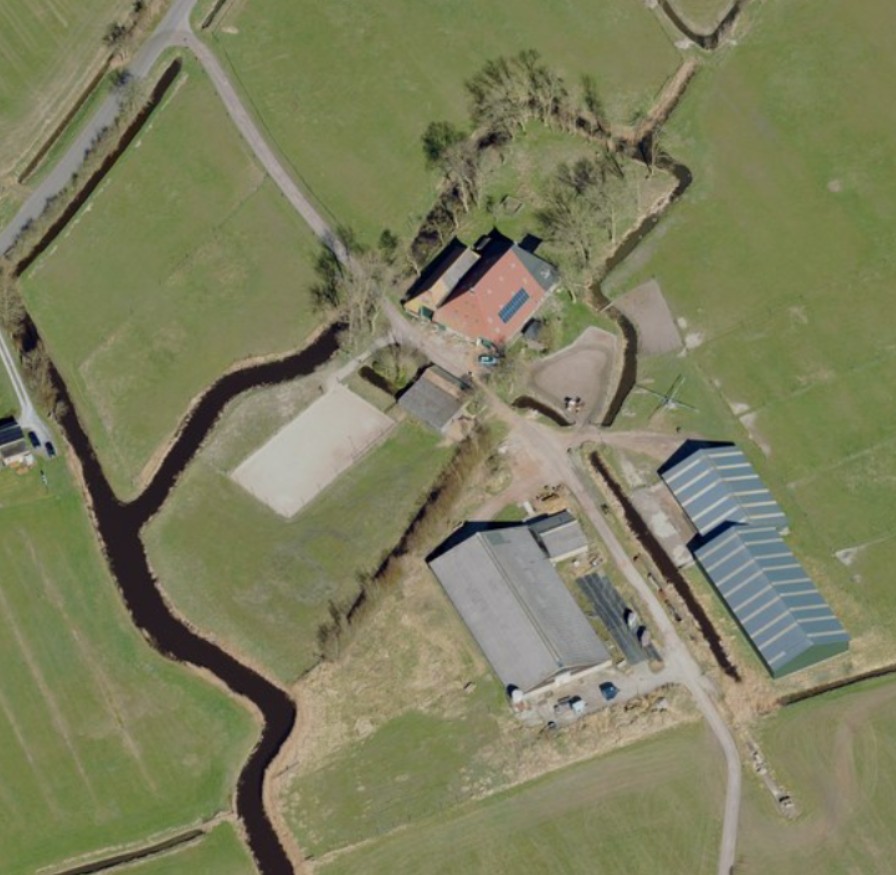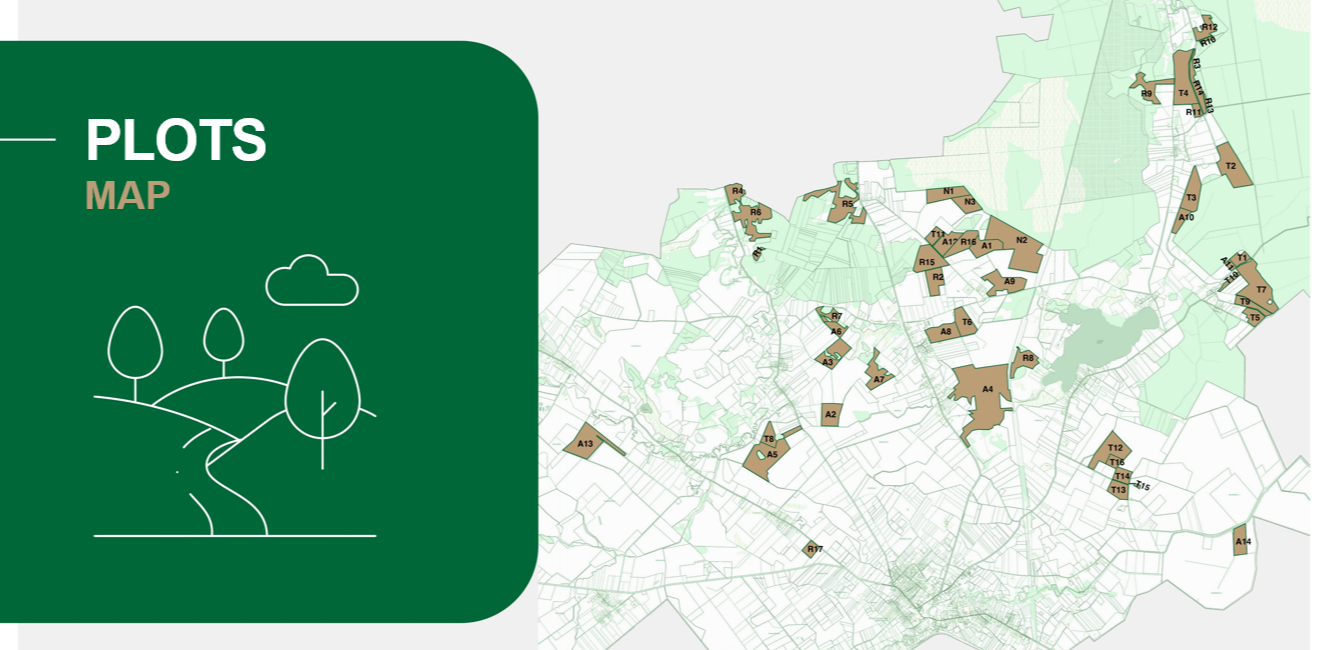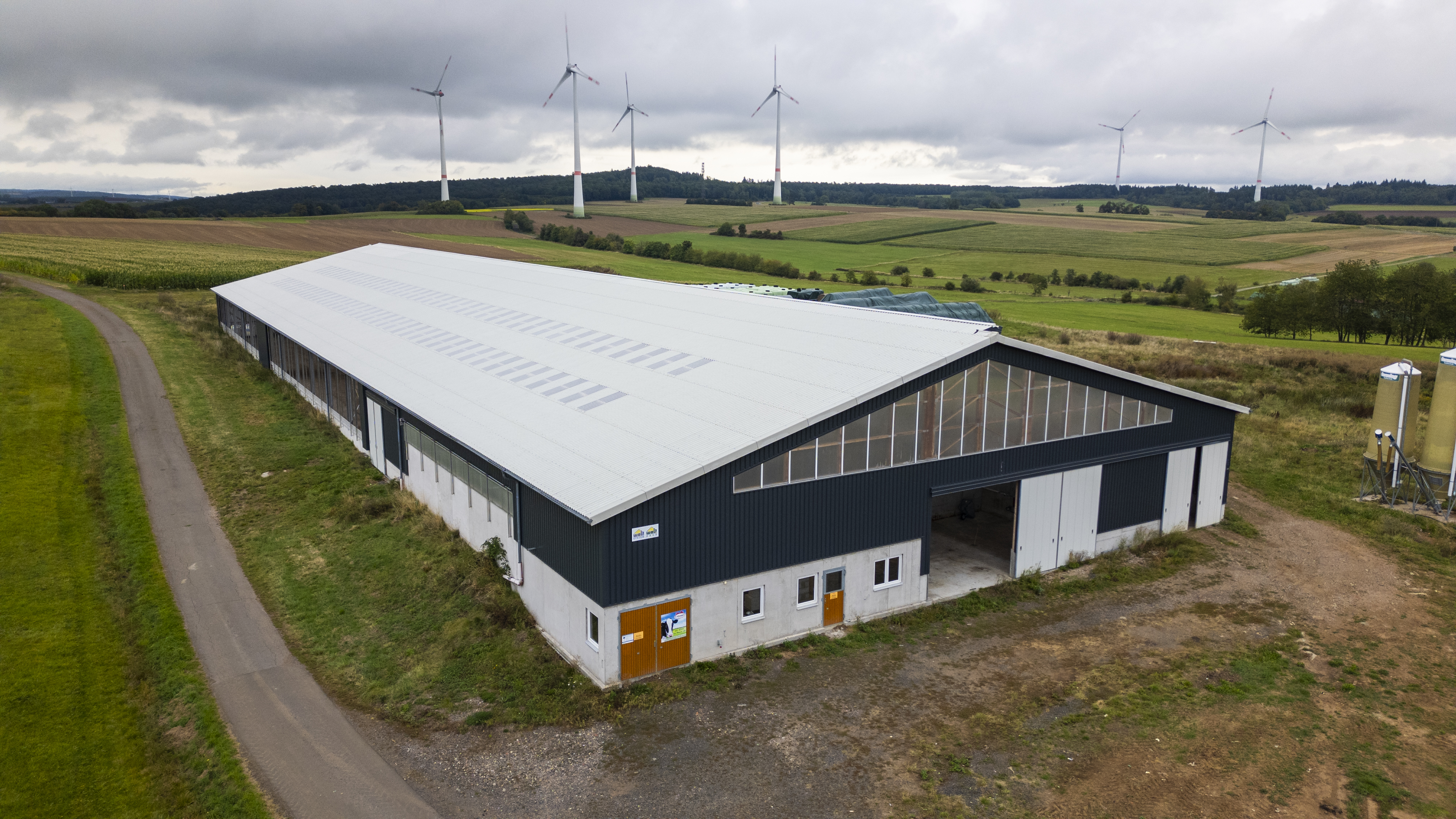General
Denmark is a country located in Northern Europe. It occupies most of the Jutland Peninsula and several islands, including Zealand, Funen, Lolland, Falster, and Bornholm. Denmark borders Germany to the south and is surrounded by the North Sea to the west and the Baltic Sea to the east.
Population
With an estimated population of approximately 5.8 million people, Denmark is one of the smaller countries in Europe in terms of population size. The capital and largest city of Denmark is Copenhagen, located on the island of Zealand, and it has about one and a half million inhabitants. The population of Denmark is generally very prosperous and enjoys a high standard of living. Currently, over 80% of the population lives in cities, and this number is expected to increase due to industrial growth. Most Dutch agricultural families live on the Jutland Peninsula. The Danes have a positive attitude toward the Dutch, especially because they integrate well.
Currency
The official currency of Denmark is the Danish krone (DKK). One krone is divided into one hundred øre. The Danish krone is used for all financial transactions in the country, and its exchange rate against other currencies is determined by financial markets.
Social affairs
Denmark is renowned for its comprehensive social security system, which focuses on the well-being of all citizens. The social system includes social assistance, healthcare, unemployment benefits, elderly care, and educational support. This extensive system contributes to equality and social cohesion in Danish society.
Education
The education system in Denmark is of high quality and offers equal opportunities for all children. It is based on a combination of public and private schools, with public schools being free and private schools often providing additional educational offerings. The education system includes preschool, primary school, secondary education, and higher education, with options for both academic and vocational training.
Agriculture
In Denmark, agriculture is an essential part of the economy, with both dairy farming and arable farming being prominent sectors.
The average land price in Denmark varies between €17,000 and €30,000 per hectare. These prices vary depending on the location and quality of the land. Land prices have risen steadily in recent years due to the demand for agricultural land and its limited availability.
Denmark has some 42,000 agricultural farms. The number of Danish dairy farms decreased from 4,258 to 2,691 farms between 2010 and 2020. In 2021, Denmark has 31,395 agricultural and horticultural farms.
Dairy farming in Denmark is known for its high-quality Holstein cows that produce large quantities of milk. These farms have access to fertile grasslands favourable for milk production. At the same time, arable farms grow a wide range of crops, including cereals, sugar beet, potatoes and oilseed rape, depending on soil conditions and local factors.
Climate
Denmark has a temperate maritime climate strongly influenced by its location in northern Europe and its proximity to the North Sea and the Baltic Sea, resulting in a climate with mild temperatures and regular precipitation. Like the Netherlands, Denmark experiences year-round precipitation. The amount varies depending on the season and region, averaging between 600 and 900 millimetres a year. The summer months typically offer between 6 and 8 hours of sunshine per day. The winter months have less sunshine hours, with an average of between 1 and 4 hours of sunshine per day.
Social affairs
In Denmark, social affairs are largely financed through taxes, making many social services accessible to all residents. Education is free, including primary and secondary education, as well as higher education at public universities and colleges.
Social contributions
Social contributions are largely financed through taxes in Denmark. Employees and employers contribute to the social security system through income taxes and social security contributions, which finance various social services. Denmark has a social security system that provides, among other things, an old-age pension benefit. This benefit provides financial support to pensioners and is financed by social contributions and taxes.
Compulsory education
As in many other countries, Denmark has compulsory education. Children are obliged to attend school from the age of 6 to 16. This can be either in regular schools or public schools, as long as the education meets the legal standards.
The education system in Denmark is based on the principle of equal opportunities and inclusion. It includes different levels of education, such as folkeskole (primary education), grammar school (secondary education), and higher education at universities and colleges.


